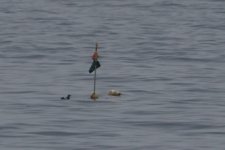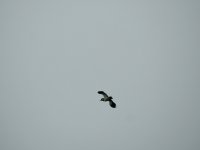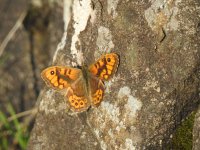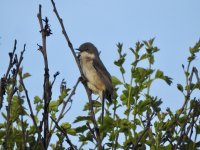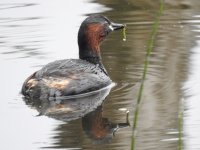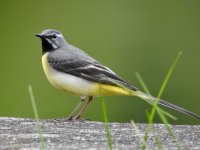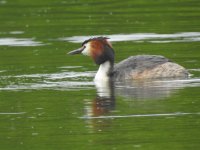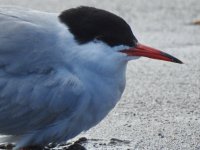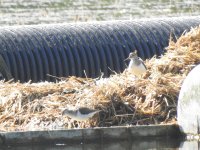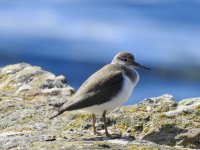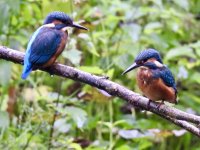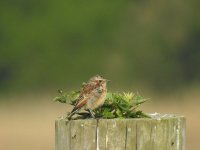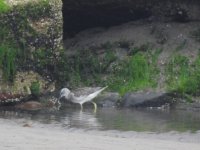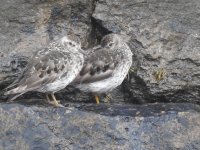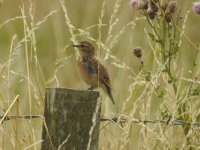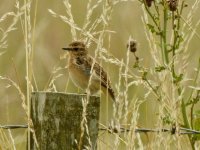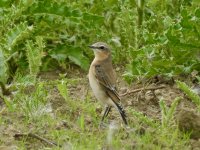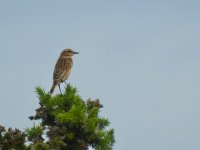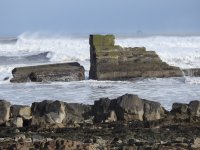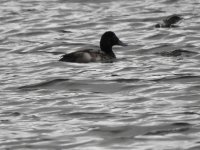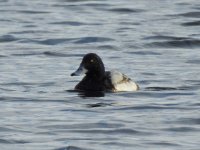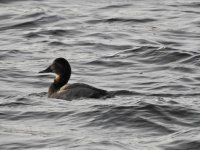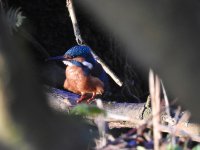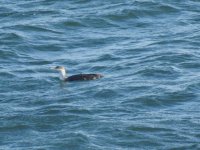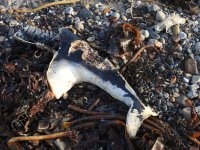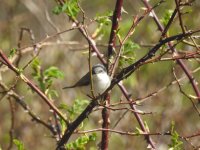At the loch, we are now seeing many fledgling birds. Not least amongst these are the two Great Crested Grebe humbugs that are growing at a tremendous rate. We also now have a second pair of GCGs that have nested, so more humbugs on the way. Other new arrivals include seven cygnets for our resident pair of Mute Swans.
There is a strong presence of Blackcap in the woods, but I never did find a Garden Warbler. Also in the woods, a fledgling Tawny Owl was photographed. Jays are patrolling the west end of the loch, and I suspect they have an eye open for the numerous Mallard ducklings that are about. I am really happy to see a Jay presence, as at one point, it looked like the Magpies had pushed them out.
I have also seen Stock Dove flying over the loch area. This is important to the Eco Centre at the east end of the loch, as it was a species missing from their biodiversity list, which currently stands at over 1,500 species. I think their bird count is now about 110 species, so still room for expansion. One bird that may well end up on that list was a Corn Bunting reported by the Fife Recorder at the NE boundary of the patch. I am trying to ascertain from him, if the bird was seen inside the loch reporting boundary.
Along the coastal strip, things have been fairly quiet. There is a definite lack of seabird activity, with tern numbers in particular being very low. Along the path, two separate Lesser Whitethroat have continued their activities throughout the month of May, but have fallen silent this week.
At both loch and coast, Kestrels have been making a strong showing, with Sparrowhawks also being seen. Raptor of the month though goes to the Peregrine that was photographed sitting on the rocks at Seafield Tower, having just caught what looked like a Turnstone (Picture posted on the Kinghorn and District Wildlife Group Facebook page - Feel free to join).
And lastly, following last year's discovery of Wall Brown butterflies near Seafield Cave, I am happy to report that they have reappeared there in force, and that I have now found them some distance away in both directions on the path. I can confidently say that I have a breeding population, and they are spreading. To back that up, I also discovered some at an off patch site in the Burntisland area during the week.





